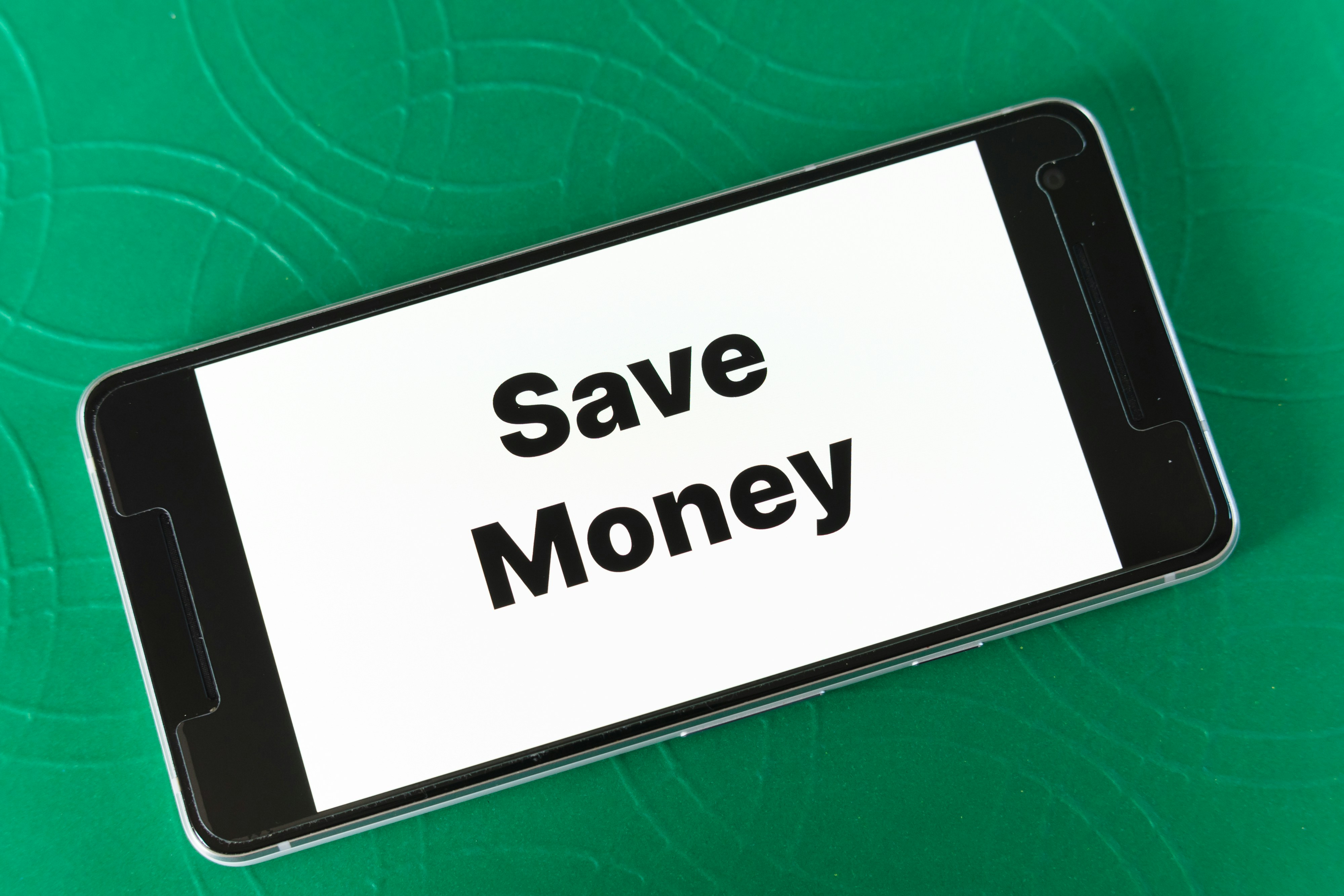Understanding the Concept of a No-Spend Month
What is a No-Spend Month?
A no-spend month is a financial strategy that involves not spending money on non-essential items for a month. The goal is to promote financial awareness, encourage intentional spending habits, and reset personal budgets. By doing so, individuals can take stock of their financial situation and reconsider their priorities when it comes to spending.
Essential vs. Non-Essential Expenses
To successfully undertake a no-spend month, it’s essential to define what constitutes “essential” and “non-essential” spending. Essential expenses include necessary costs like housing, utilities, groceries, and transportation. Non-essential expenses, on the other hand, include items or services like dining out, entertainment subscriptions, and impulse purchases. Being mindful of these categories helps individuals stay accountable throughout the month.
- Essential expenses: housing, utilities, groceries, transportation
- Non-essential expenses: dining out, entertainment subscriptions, impulse purchases
Benefits of Participating in a No-Spend Month
Participating in a no-spend month can have numerous benefits, including increased awareness of spending triggers, a sense of accomplishment, and greater control over finances. By giving up non-essential expenses temporarily, individuals can identify areas for improvement in their financial lives and develop healthier spending habits.
The Psychological Benefits of a No-Spend Month
Reducing Financial Stress
A no-spend month can help reduce financial stress by encouraging individuals to pause and reflect on their financial choices. By focusing on eliminating non-essential expenditures, individuals can gain a sense of control over their finances and alleviate financial worry.
A Sense of Accomplishment
Successfully completing a no-spend month can instill a sense of accomplishment and enhance self-esteem. This achievement can contribute to a greater sense of discipline and motivation, which can positively impact other areas of life.
Mindset Shifts
A no-spend month can promote vital mindset shifts regarding spending habits. By assessing their purchases, individuals can differentiate between needs and wants, leading to more intentional financial decisions. This shift can cultivate a greater appreciation for the things one has, reducing the desire for frivolous spending.
- Differentiate between needs and wants
- Make more intentional financial decisions
- Cultivate a greater appreciation for what you have
Practical Tips for Successfully Completing a No-Spend Month
Creating a Plan
To successfully navigate a no-spend month, it’s essential to create a detailed plan outlining your approach. Start by identifying necessary expenses, such as bills, groceries, and other essential costs. Consider alternatives to spending, like replacing dining out with potlucks or exploring local parks for free entertainment.
Staying Motivated
To stay motivated throughout the month, establish a support system by sharing your goals with friends or family. Consider joining online forums or social media groups for inspiration and practical advice. Journaling your experiences and tracking your progress can also help reinforce your commitment and identify trends or emotional triggers related to spending.
- Share your goals with friends or family
- Join online forums or social media groups
- Journal your experiences and track your progress
Assessing the Impact: Reflecting on Your No-Spend Month Experience
Reflecting on Your Experience
After completing a no-spend month, take time to reflect on your emotions and thoughts throughout the month. Did you experience stress or anxiety when trying to refrain from spending? Or did you find a sense of empowerment and control over your financial choices? Understanding your emotional journey can provide valuable insights into your relationship with money.
Evaluating Changes in Spending Habits
Evaluate any significant changes in your spending habits during the month. Analyze your typical expenses and identify areas where you successfully cut back. Consider keeping a journal during your no-spend month to pinpoint specific triggers that lead to impulsive purchases.
- Analyze your typical expenses
- Identify areas where you cut back
- Keep a journal to track your progress
Assessing Financial Health
Assess your financial health at the end of the month. Look at your savings growth, reduced debt levels, or increased awareness of your financial situation. This direct evaluation will help you recognize tangible benefits resulting from your no-spend commitment.
Integrating Insights into a Budget Plan
Integrate the insights gained from your experience into a sustainable budget plan for lasting change. Consider incorporating regular no-spend months into your financial strategy, making it a routine practice. By doing so, you can continue to cultivate healthier financial habits and develop a stronger foundation for future financial success.
- Integrate insights into a budget plan
- Incorporate regular no-spend months into your financial strategy
- Develop a stronger foundation for future financial success
A no-spend month can be a valuable tool for promoting financial awareness, encouraging intentional spending habits, and resetting personal budgets. By following the practical tips outlined in this guide and integrating the insights gained into a budget plan, individuals can cultivate healthier financial habits and develop a stronger foundation for future financial success.



















